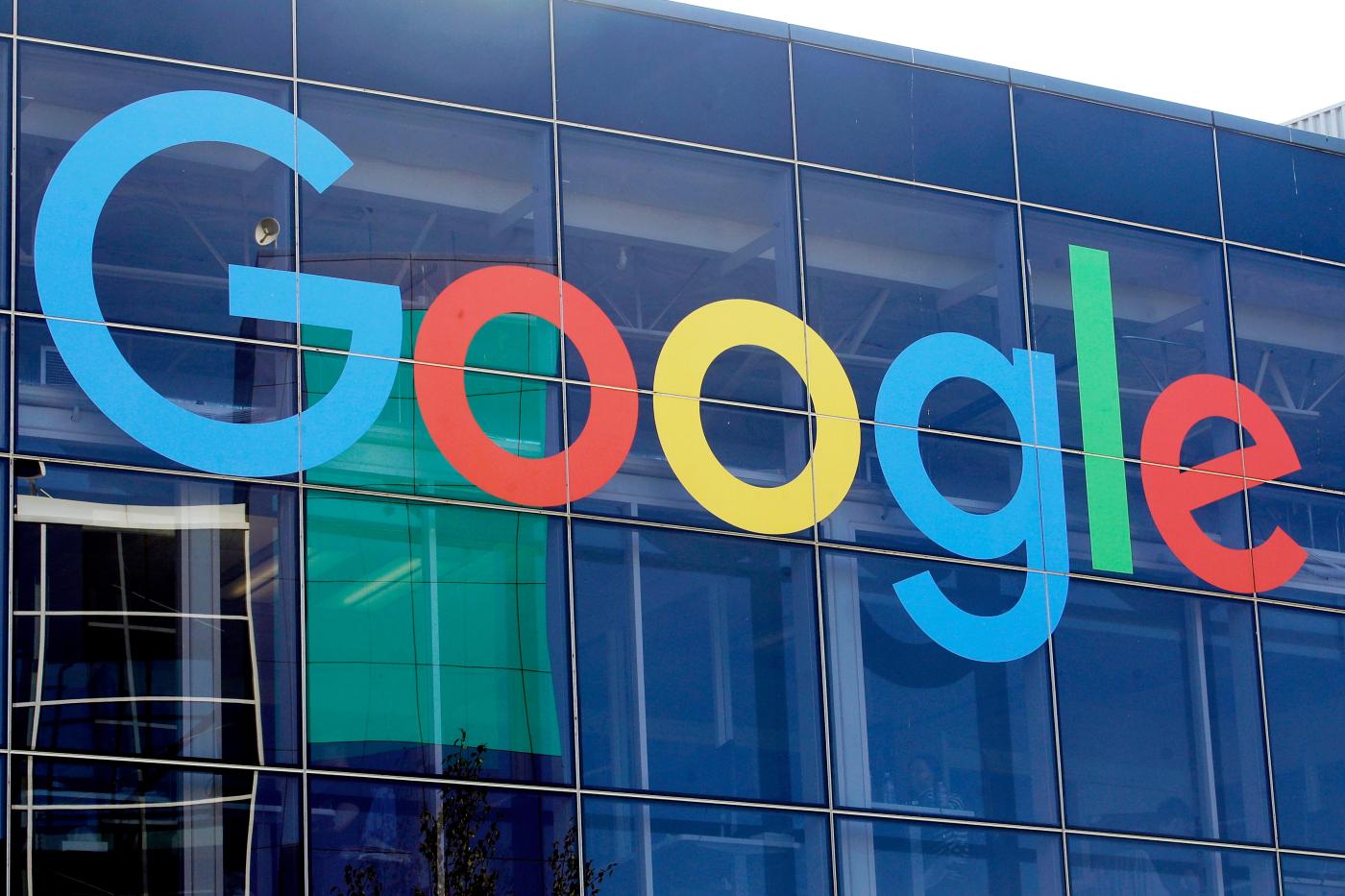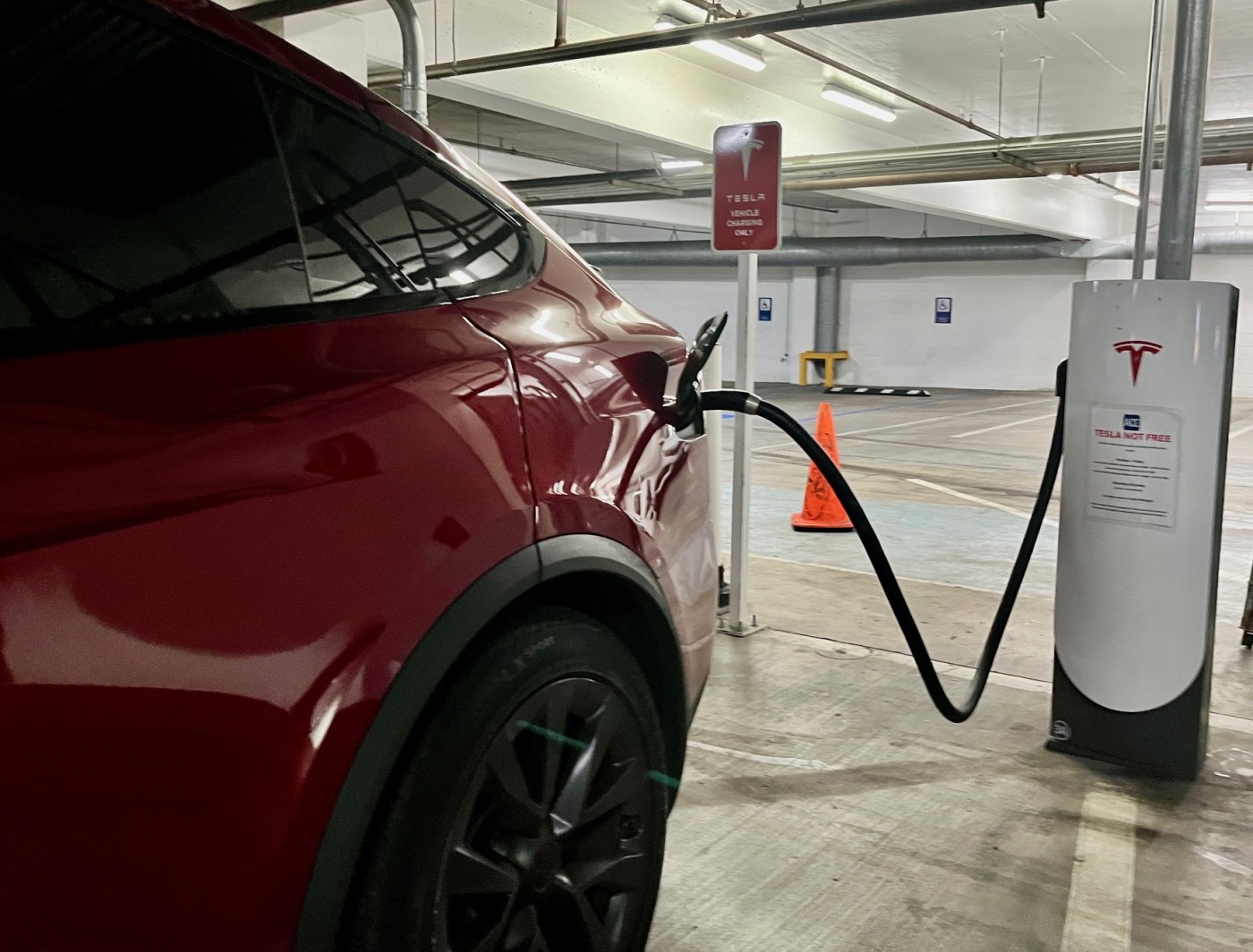California is putting $55 million on the table to expand its electric vehicle (EV) fast charging network, with new funding aimed at making chargers more widely available in underserved communities.
Related Articles
Are EVs really better for the environment? Study checks role of coal, battery and range
EV access to California carpool lanes is ending. How will it affect you?
Classic cars will still need a smog test in California after lawmakers reject Jay Leno bill
In the sustainable age, how can batteries be safer? A company opening its HQ in East Bay says it has the answer.
California crafting new auto pollution rules after Trump attacks
The California Energy Commission (CEC) recently announced the launch of the Fast Charge California Project, an incentive program that will cover up to 100% of installation costs for direct current (DC) fast chargers at businesses and public sites statewide. Applications are open through Oct. 29.
The project is the latest initiative under the California Electric Vehicle Infrastructure Project (CALeVIP), billed as the nation’s largest EV charging incentive program. Since 2017, CALeVIP has helped deploy nearly 10,000 chargers to support the state’s more than 2.2 million light-duty EVs, according to the Center for Sustainable Energy (CSE), which administers the program.
“This is the biggest CALeVIP project ever. It’s the first to be statewide. And, it’s the first to cover up to 100% of eligible costs,” Hannon Rasool, who leads the CEC’s Fuels and Transportation Division, said in a news release. “Installing more fast chargers is vital to California’s zero-emission vehicle transition.”
Under the new program, funding is capped at $100,000 per charging port. Incentives include:
$55,000 per port for chargers rated between 150 and 274.99 kilowatts.
$100,000 per port for chargers rated at 275 kilowatts or higher.
Eligible sites must be publicly accessible and construction-ready, with final utility service designs and permits in hand. Priority will be given to tribal areas, disadvantaged neighborhoods, and low-income communities — regions that have historically lacked access to fast-charging infrastructure.
Potential sites include convenience stores, gas stations, retail centers, parking lots, and other high-traffic destinations.
“State-funded incentives are essential for the rapid and equitable expansion of California’s electric vehicle charging network,” said Evan Wright, CSE’s director of EV infrastructure and operations. “This program is designed to get fast chargers in the ground…fast.”
Funding for the project comes from the CEC’s Clean Transportation Program and the state’s Greenhouse Gas Reduction Fund.
The news and editorial staffs of Southern California News Group and The San Diego Union-Tribune had no role in this post’s preparation.





